Nestled in a valley with idyllic, pristine scenery of mountains and forests and blooming rice terraces is a special archaeological site of the Suoi Co ancient carved stone field (Nhan Nghia commune, Phu Tho province).
Here, there are stones that preserve mysterious ancient carvings with many timeless historical and cultural values of the land of Muong Vang (old Hoa Binh ).
Unsolved mysteries and timeless archaeological value
Following the locals, we started our journey upstream of Suoi Co stream to directly explore and admire the thousands-year-old stone carvings in Suoi Co village, Nhan Nghia commune. After nearly an hour of traveling, we reached the stone carvings that preserved ancient carvings in the middle of Suoi Co stream.
Over time, the carvings on the rocks have faded somewhat, but local people still call these strange rocks "devil face rocks" because the carvings on the rocks resemble strange faces.
Mr. Quach Viet Anh, former cadastral officer of the former Nhan My commune, now Nhan Nghia commune, Phu Tho province, said that the ancient carvings on the rocks were discovered by local people during their farming activities a long time ago. At first, no one paid attention to the historical and chronological values... they only knew that the ancient stone field had existed for a long time. When people came to graze cattle and farm here, they placed offerings on the carved rocks to pray for health, favorable crops, and the growth of their livestock.
Currently, the authorities have only clearly identified 3 carvings, the remaining 2 are quite blurry. The first stone block has a drawing that evokes many images, it could be a picture of a pot-bellied man raising his arms to the sky or it could be a human face with a nose, mouth and two eyes. The second stone block, about 20m away, has 4 carvings with concentric circles and shapes reminiscent of a monkey's face, a pig's snout... Scientists highly appreciate the unique antiquity of the stone carvings discovered in the Suoi Co area.
These carvings are symbols of worship that have been around for thousands of years and are related to the rice farming beliefs of generations of indigenous people.
In reports from the archaeological excavations at Suoi Co archaeological cluster, Dr. Nguyen Viet, Director of the Southeast Asian Prehistory Center and a member of the archaeological excavations, said that the discovery of stone carvings at Suoi Co has great significance for prehistoric research.
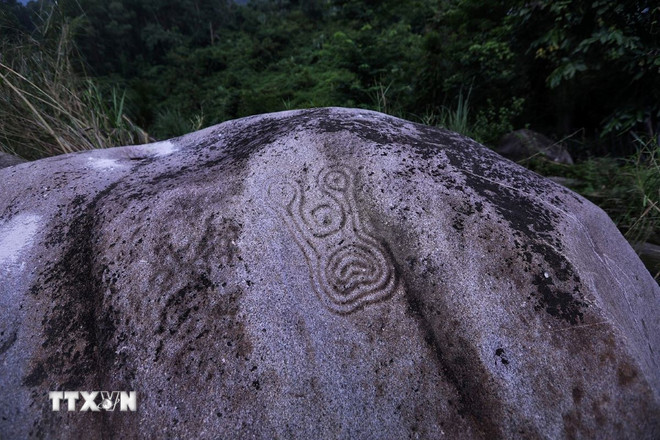
The drawings and carvings on the stone are still clear after thousands of years, these are clear material traces showing the symbolic thinking and traditional beliefs of ancient residents. It is likely that these carvings belong to the residents of the late Hoa Binh culture, which coincides with archaeological documents at the mountain caves of Trai hamlet and Mai da village Vanh, where traces of residence, stone tools, pottery and jewelry of rice-growing communities of the Phung Nguyen-Dong Son period are still preserved.
According to Dr. Nguyen Viet, the carvings show the meticulousness of those who created them, the carvings and content are quite consistent, not spontaneous. Placed in the system of stone carvings in Vietnam, the carvings at Suoi Co stone beach are similar to the ancient stone carvings in Sa Pa (Lao Cai) in that they are all carved on ancient granite blocks.
Preserving and promoting heritage values
From 2021 to now, there have been four surveys of the ancient carved stone field in Suoi Co conducted by the former Department of Culture, Sports and Tourism of Hoa Binh in coordination with the Southeast Asian Prehistory Center and many leading experts in the fields of archaeology, ethnology, museums, geology, folk artists, shamans, village elders, and village chiefs.
The combination of modern science and indigenous knowledge has opened up multidimensional perspectives, helping to decode the meaning of the stone carvings. Initial results show that the Suoi Co area is not only an archaeological site but also a cultural-spiritual space closely associated with the religious life of the Muong people here.
In this space, about 100m from the ancient carved stone beach, the local people have long built a small spiritual structure called Quan Doong. Every year, important ceremonies of the people take place here such as: Opening Ceremony to go down to the fields, Washing Rice Leaves Ceremony and New Rice Festival...
In the religious beliefs of the shamans of the old Muong Vang Lac Son Hoa Binh region, the carving of a human face with horns and concentric circles is considered a symbol of worshiping the male orangutan, the guardian spirit of the heavens, guarding the deep forest. In addition, the carving of a "demon face" facing up to the sky is considered to worship the female orangutan mothers.
According to Ms. Nguyen Thi Linh Ngoc, Deputy Director of the Department of Culture, Sports and Tourism of Phu Tho, the intersection between folk knowledge and scientific research conclusions from reality has clarified the religious beliefs of wet rice agriculture combined with the indigenous spiritual beliefs of the ancient Muong community.
On December 3, 2024, the People's Committee of Hoa Binh province (old) issued Decision No. 2628/QD-UBND ranking the Suoi Co stone beach relic cluster as a provincial-level archaeological relic.
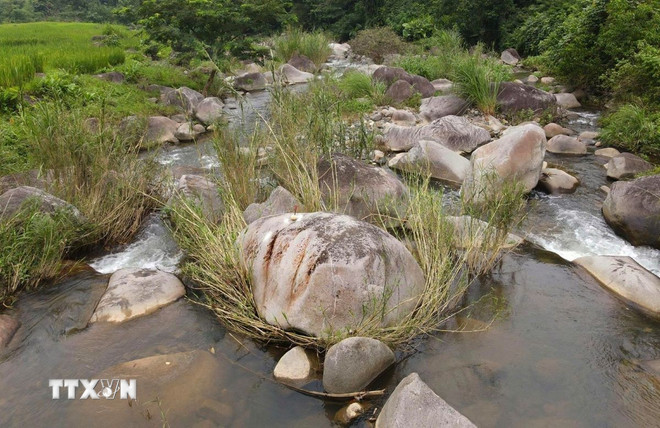
Chairman of the People's Committee of Nhan My Commune, Nguyen Duc Tuyen, said that the Suoi Co ancient carved stone beach, which was recognized as a provincial-level relic, along with two special national relics of Muong Vang land, including Trai hamlet cave and Vanh village stone roof, is an important development foundation in the journey of preserving unique heritages. This is the basis for the Nhan Nghia commune government to build cultural and archaeological tourism products combined with research and experience of the living space of the local Muong ethnic community.
From the crude carvings on the rocks, the thousand-year-old cultural sediment has gradually been revealed. The Suoi Co ancient carvings on the rocks continue to tell the story of wet rice farming beliefs, the worldview of our ancestors, and the ancient Muong people, proving the enduring vitality of Hoa Binh culture.
Preserving the ancient stone carvings of Suoi Co is to preserve the cultural memory of an ancient Muong Vang land, and at the same time create momentum for cultural and tourism development.
That is the way to connect the past with the present, so that the thousand-year-old values of our ancestors continue to illuminate the journey of today's and future generations./.
Source: https://www.vietnamplus.vn/bi-an-nhung-hinh-khac-co-suoi-co-o-vung-dat-muong-vang-post1061038.vnp



![[Photo] Panorama of the cable-stayed bridge, the final bottleneck of the Ben Luc-Long Thanh expressway](https://vphoto.vietnam.vn/thumb/1200x675/vietnam/resource/IMAGE/2025/9/30/391fdf21025541d6b2f092e49a17243f)
![[Photo] President Luong Cuong receives President of the Cuban National Assembly Esteban Lazo Hernandez](https://vphoto.vietnam.vn/thumb/1200x675/vietnam/resource/IMAGE/2025/9/30/4d38932911c24f6ea1936252bd5427fa)
![[Photo] The 1st Congress of Phu Tho Provincial Party Committee, term 2025-2030](https://vphoto.vietnam.vn/thumb/1200x675/vietnam/resource/IMAGE/2025/9/30/1507da06216649bba8a1ce6251816820)
![[Photo] Solemn opening of the 12th Military Party Congress for the 2025-2030 term](https://vphoto.vietnam.vn/thumb/1200x675/vietnam/resource/IMAGE/2025/9/30/2cd383b3130d41a1a4b5ace0d5eb989d)
![[Photo] General Secretary To Lam, Secretary of the Central Military Commission attends the 12th Party Congress of the Army](https://vphoto.vietnam.vn/thumb/1200x675/vietnam/resource/IMAGE/2025/9/30/9b63aaa37ddb472ead84e3870a8ae825)
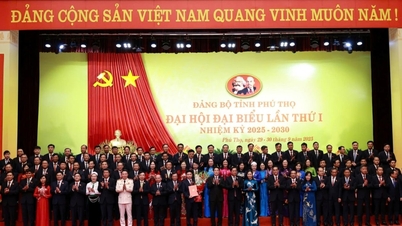

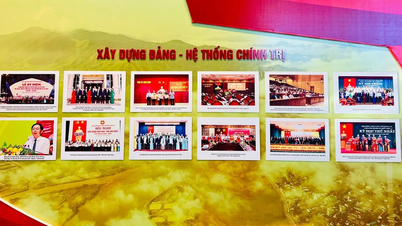



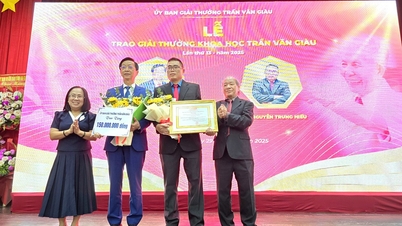







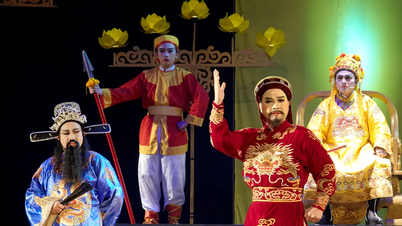


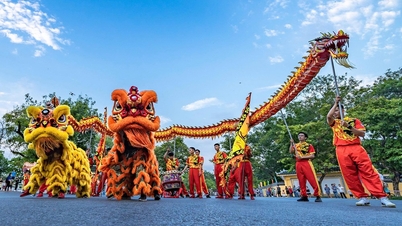







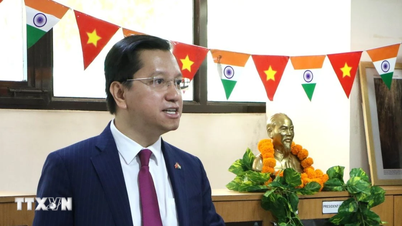
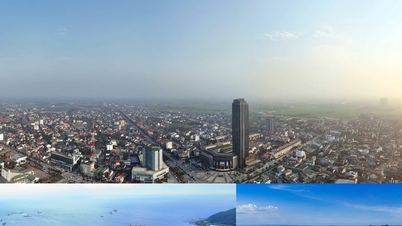
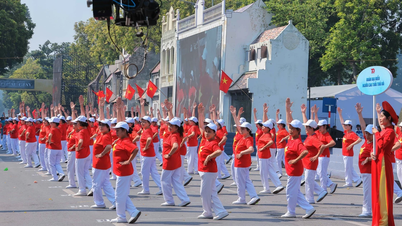

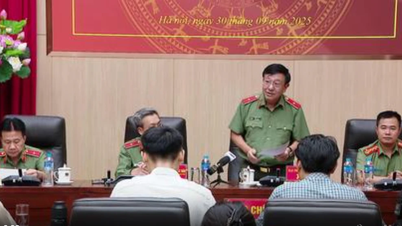




























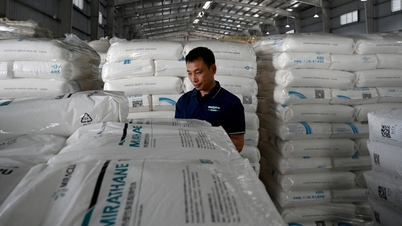




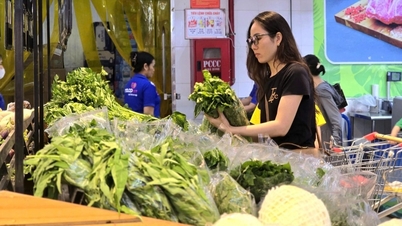










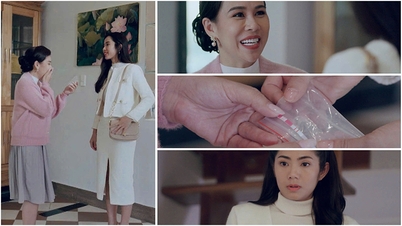


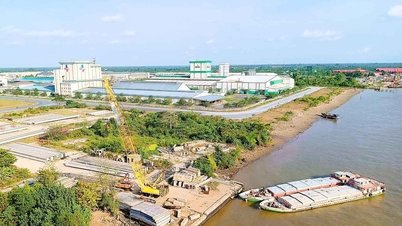
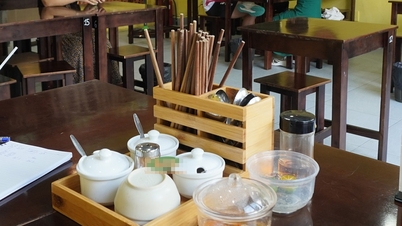

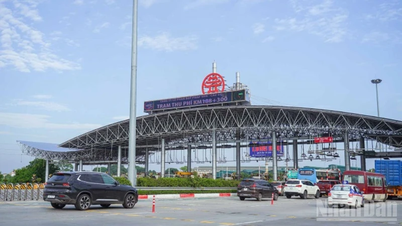
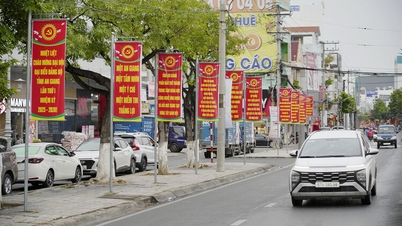











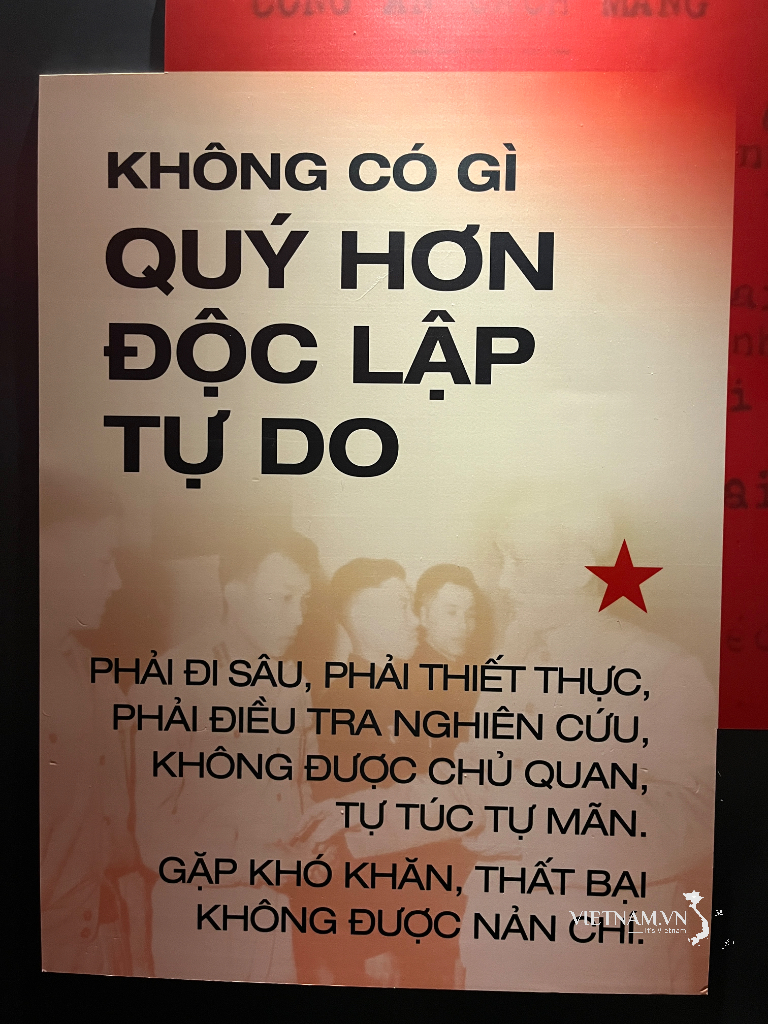
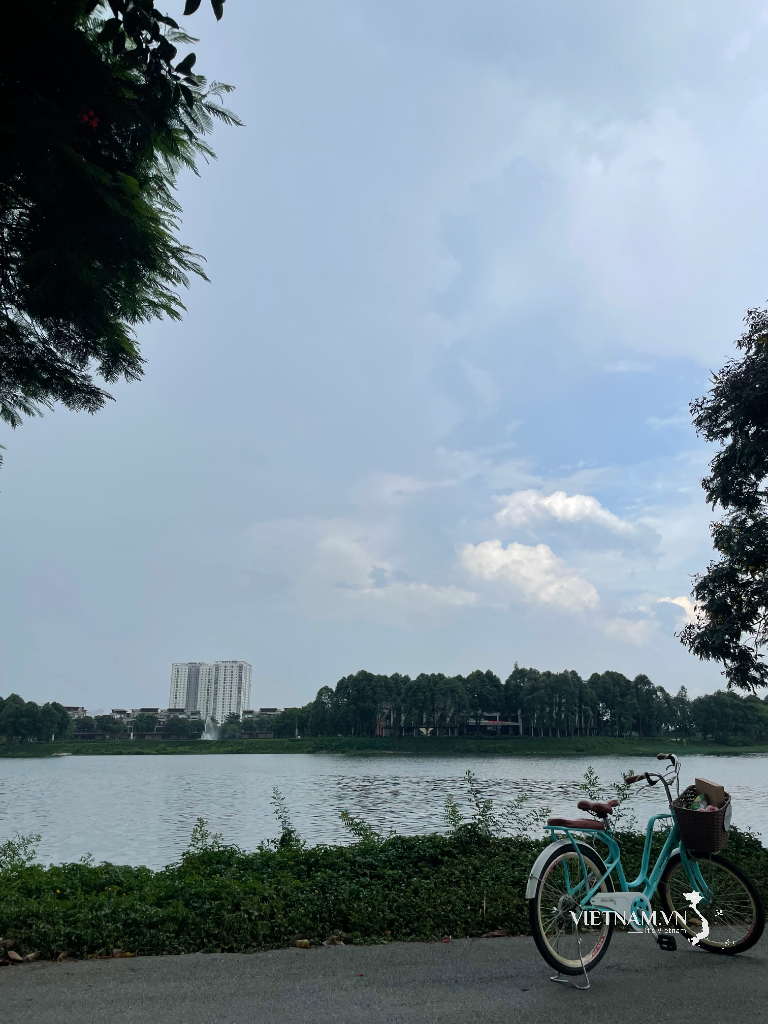
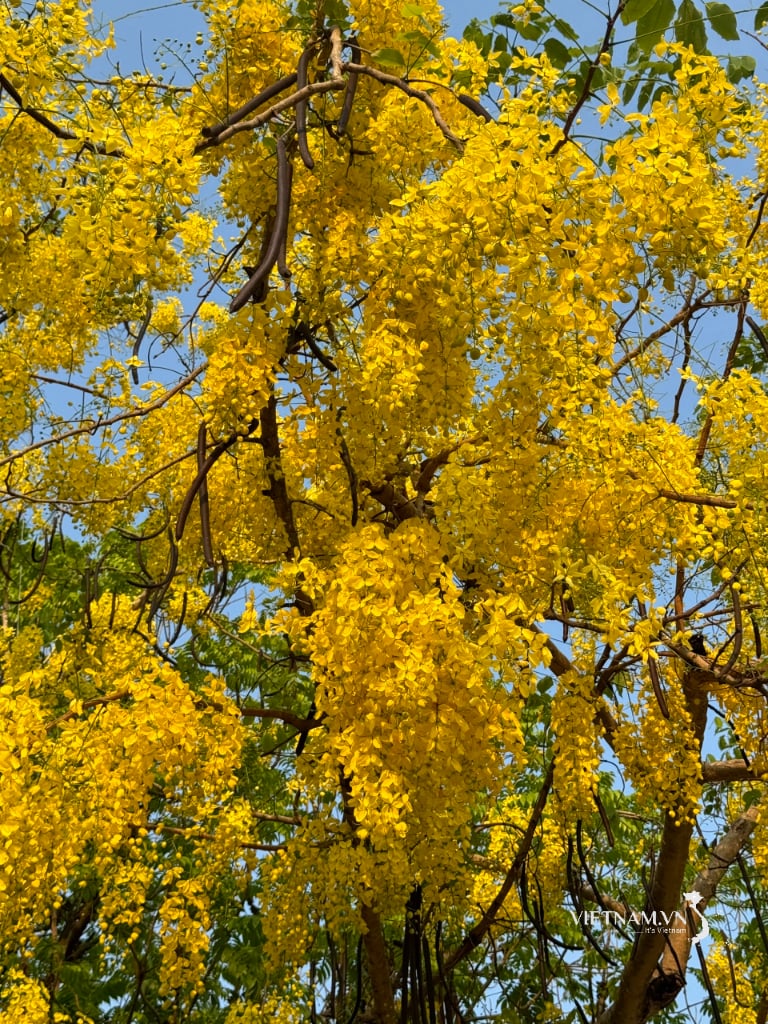

Comment (0)